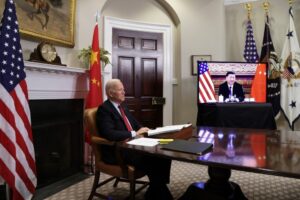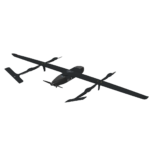
The White House’s new Indo-Pacific Strategy cites allies and partners in the region as the U.S.’ “single greatest asymmetric strength” to counter China, and calls for bolstering collaboration on emerging technologies and development of advanced capabilities. “We will foster security ties between our allies and partners in the Indo-Pacific region and beyond, including by finding new opportunities to link our defense industrial bases, integrating our defense supply chains, and co-producing key technologies that will shore up our collective military advantages,”…

 By
By 











